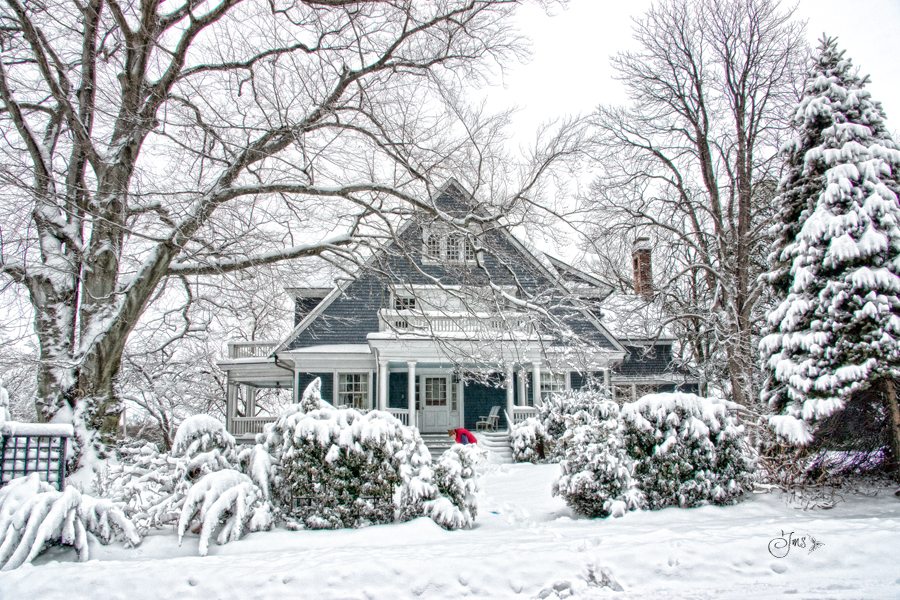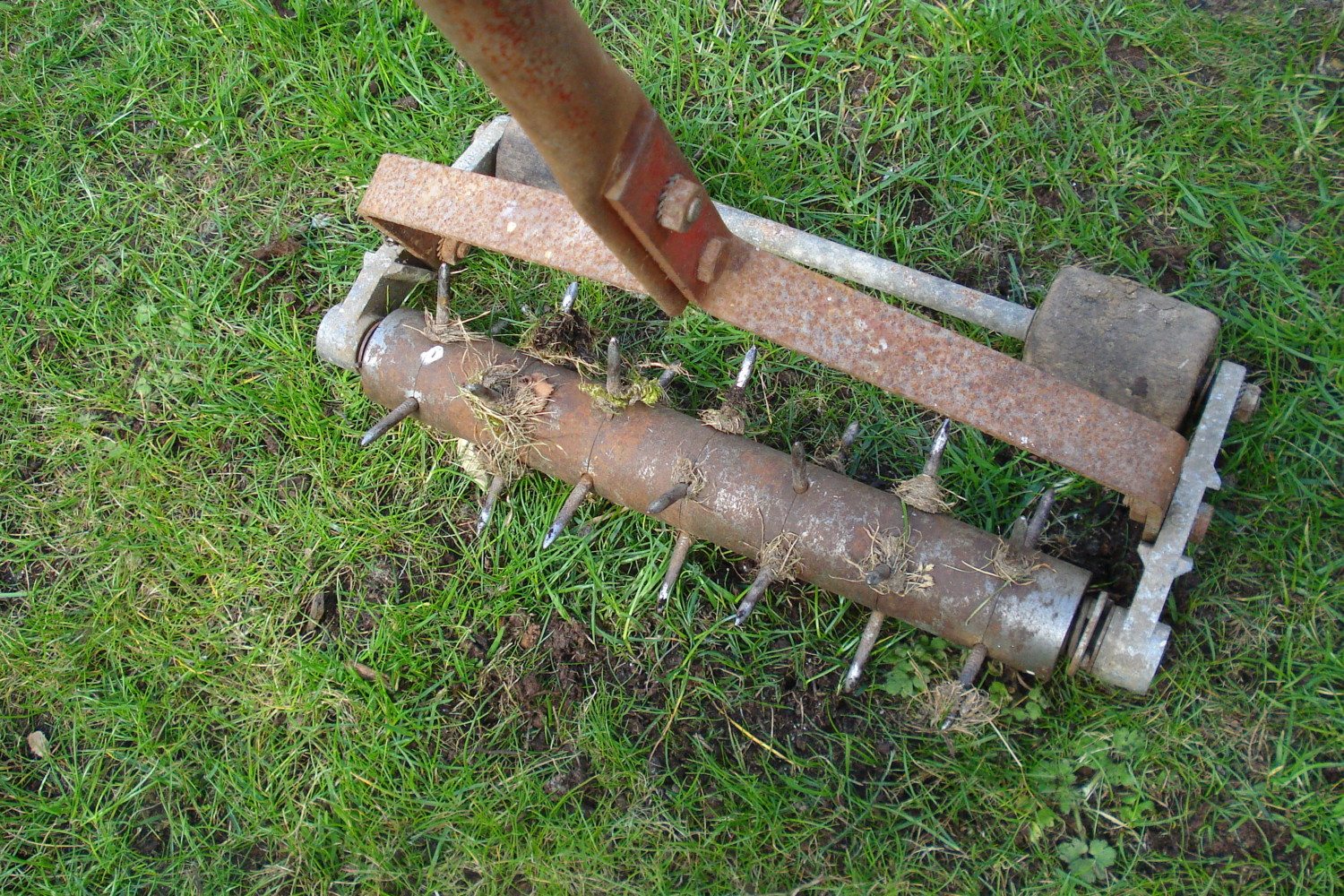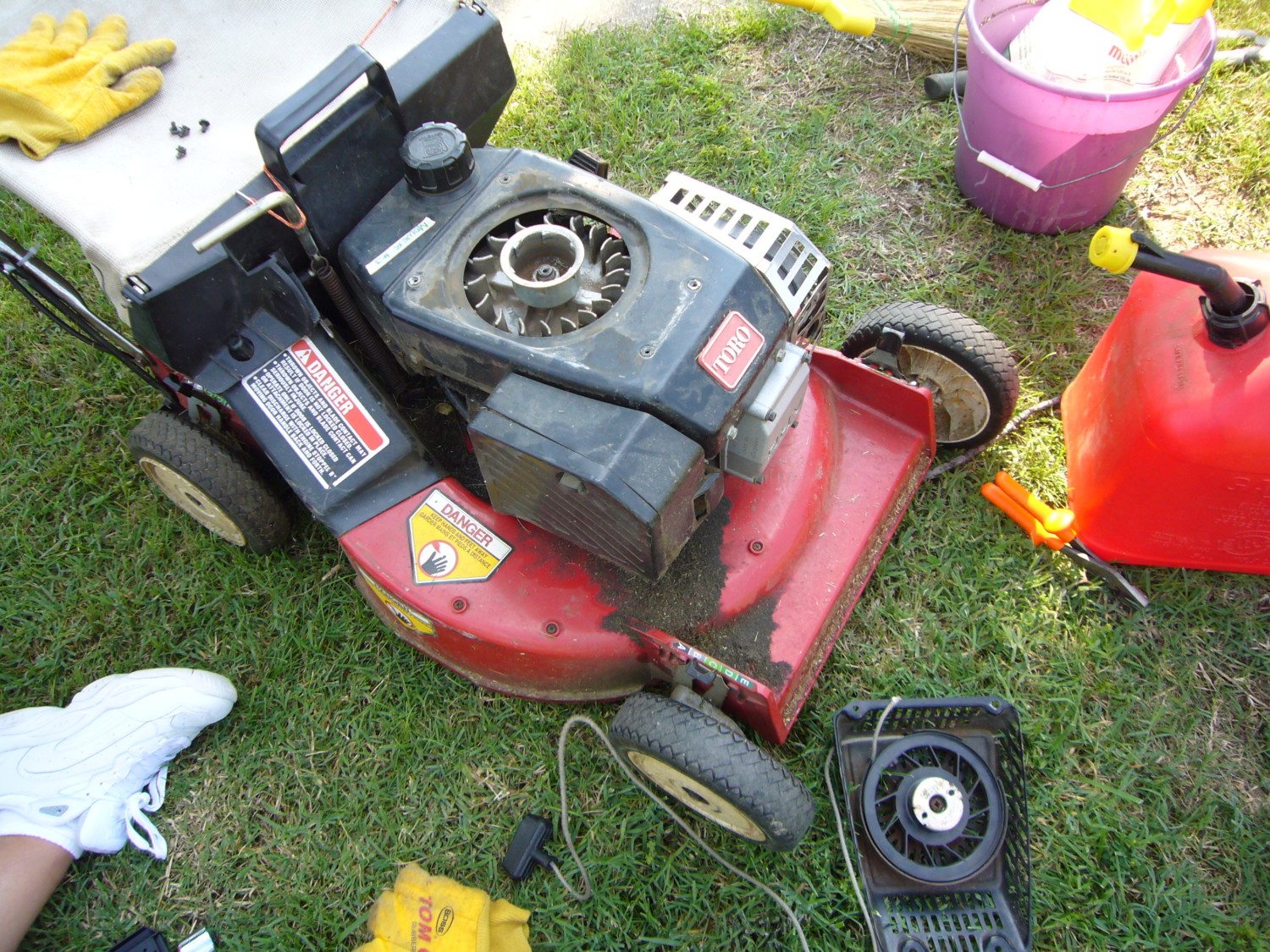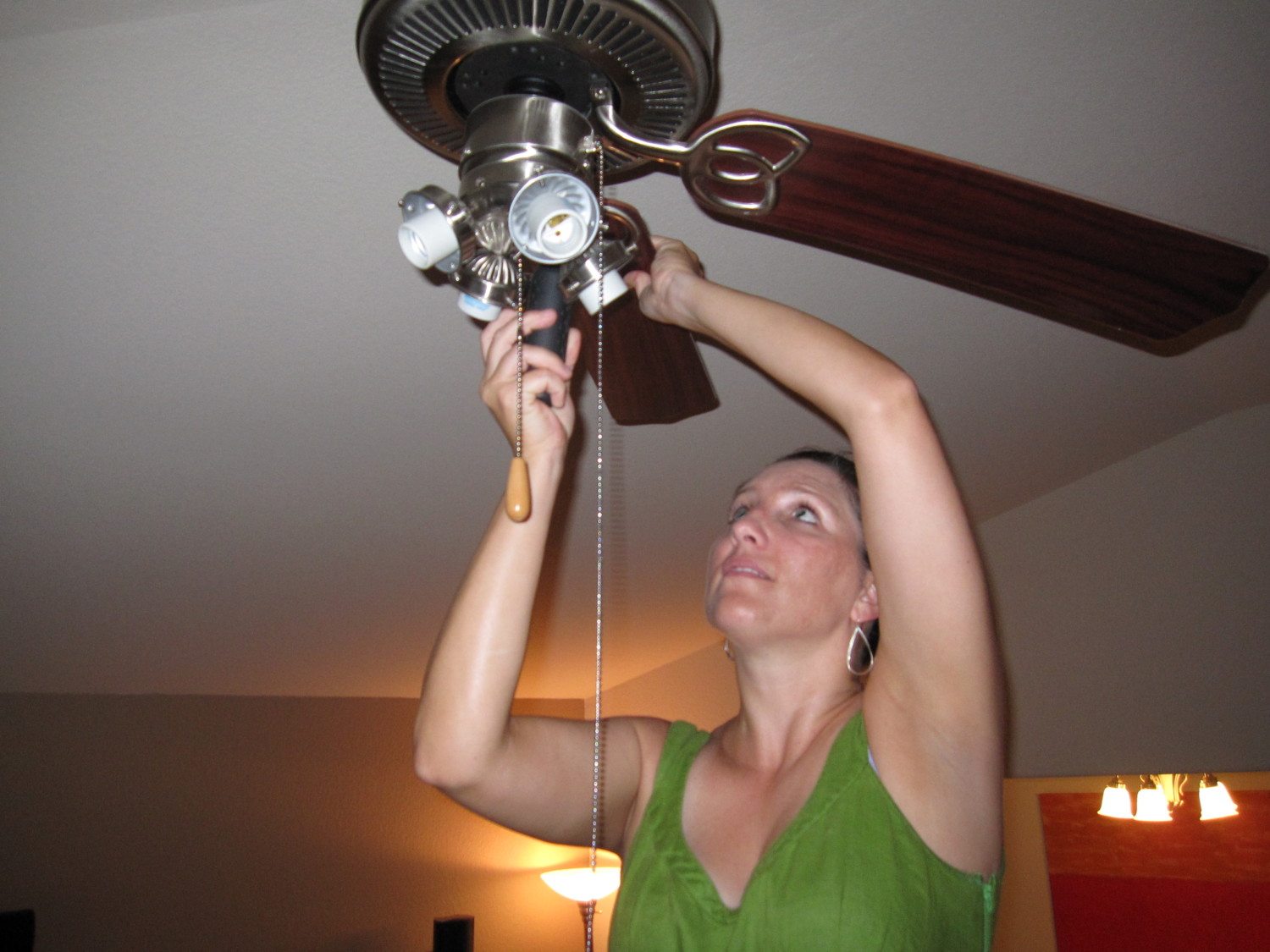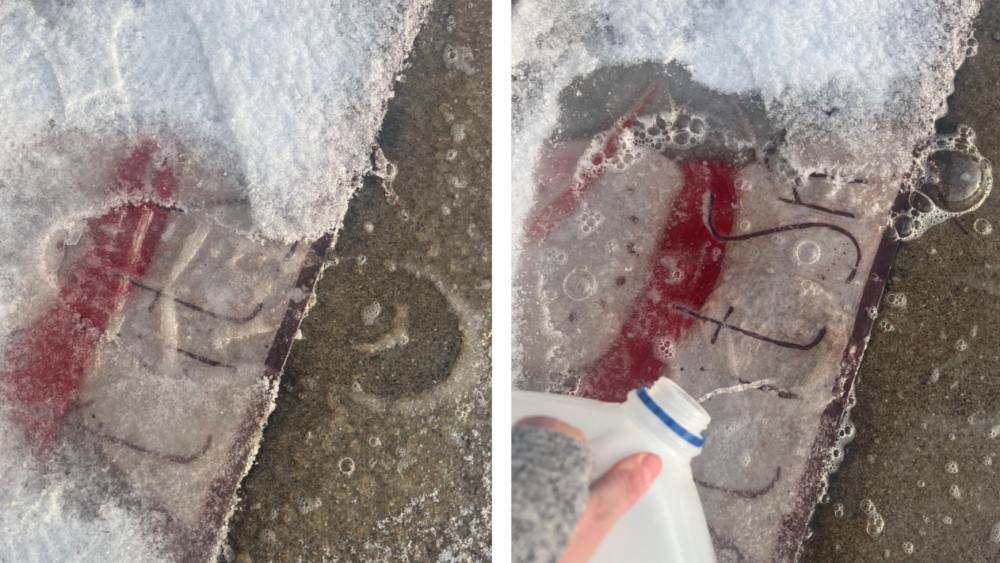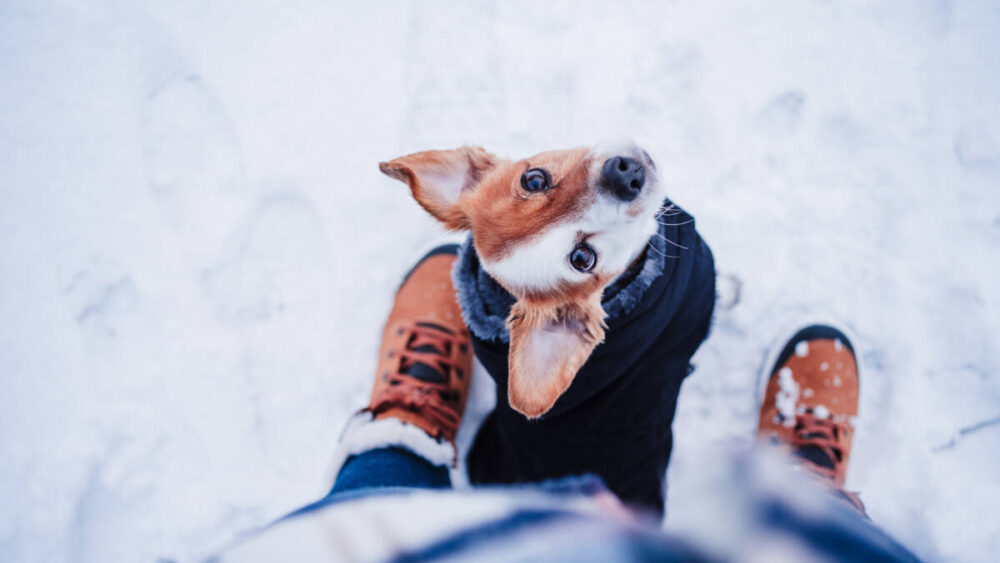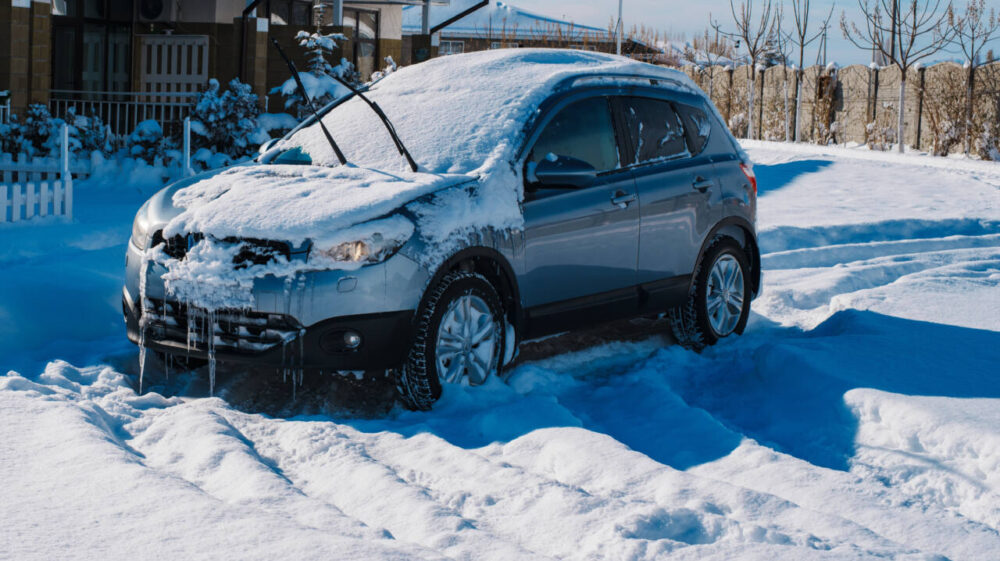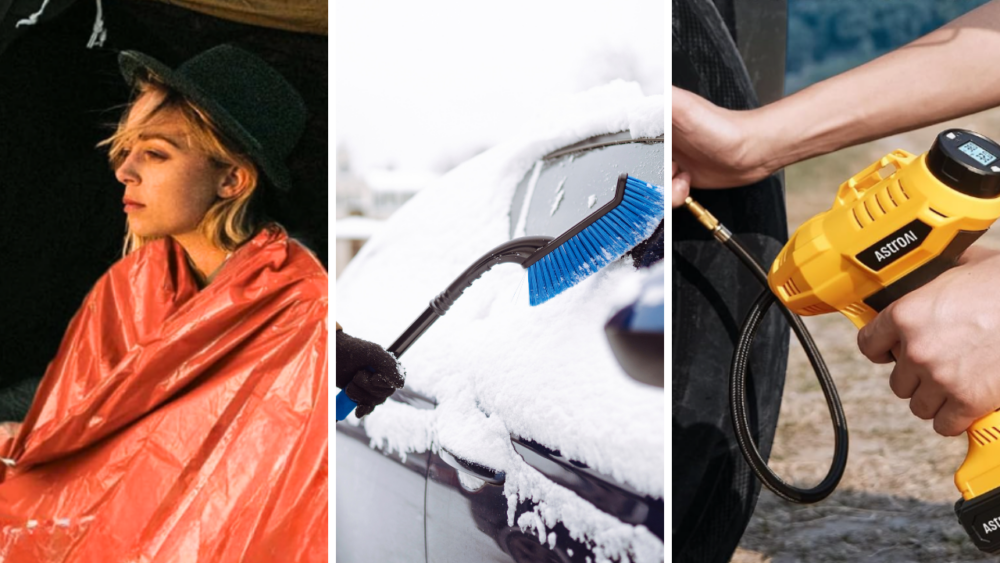10 tips to prepare your home for the oncoming winter
The weather outside might get frightful, but you can keep the inside of your home delightful by taking some time this fall to prepare your home and outdoor spaces for the forthcoming winter. Depending on what part of the country you live in, there are different ways to keep Old Man Winter at bay, or even just enjoy a temperate winter climate even more.
1. Seal Windows And Doors
Without energy-efficient doors and windows, cold air will come into your house during the winter months, while hot air escapes. If you don’t have the funds for new doors and windows, spend a few bucks on a window sealing kit. You can use these kits to seal drafty windows, helping to cut your energy bills while you keep toasty warm. Then there are door socks (also called draft snakes), which are pieces of cloth that slide along the bottom of your door. You can even buy small plastic strips to insulate your wall sockets to prevent cold air from rushing in through those many holes around the house.
Opening drapes and curtains during sunny hours can also help you heat a room. Closing curtains and drapes after dark can help keep the cold air out. And because a tightly sealed house (or any warm home) can create dry air that’s not great for your skin, invest in a humidifier for healthy breathing and better skin.
2. Check Your Fireplace
Have your fireplace inspected by a professional who can clean and repair any problems. An animal might have made a nest in the chimney without your knowing—which will turn into a nasty surprise the first time you light a fire. Chimney balloons are an inexpensive way to keep cold air out when you’re not using your fireplace, recommends home-improvement expert Bob Vila.
3. Buy Or Set A Programmable Thermostat
If you don’t have (or haven’t pre-set) a programmable thermostat, it’s one of the best investments you can make to cut your utility bills and help reduce energy use. Program your thermostat to lower the temperature about 30 minutes before you hit the sack each night, and raise it 30 minutes or so before you wake up. Do the same for when you leave the house each morning and come back home. This simple tip will help you reduce your heating expenses for 16 to 18 hours each day.
Don’t turn your thermostat off completely. Depending on how cold your area gets, the walls of your home can get so cold during extended periods of no heat that it will force your furnace to work harder when you get home. Drop your temperature 10 to 15 degrees at night or when you’re away, recommends Energy.gov, or down to 56 degrees.
Don’t close off rooms you won’t be using and shut the air vents. This prevents air from circulating evenly throughout your duct system, making it work harder.
4. Look Over Your Landscaping
Fall is the time to put down grass seed. If you seed in the spring, your grass roots won’t grow deep enough to withstand a hot July or August. Rent or borrow an aerator to help your lawn “breathe” and add the right fertilizer. Depending on how cold your area gets during the winter, your grass will put down roots in the fall, go dormant in the winter, then have a head start on strong blade growth next spring.
Talk to a landscaper about winterizing shrubs, trees and vegetable plants you might want to overwinter or keep dormant for re-use next spring. Check your area’s growing seasons to learn what fall and winter vegetables you might plant, and which perennials are ready to go into the ground. When you start getting cool weather, that’s the best time transplant shrubs and trees. Cutting back trees keeps them healthy, and you can remove dangerous branches while you’re having an annual prune performed.
5. Clean Outdoor Furniture
Clean your patio furniture and let it dry before putting it indoors for the winter. Now is the time to repair or repaint items, rather than waiting until your first cookout or deck party. Fire up the grill one last time to make sure it’s working properly, and then clean and winterize it. Or make sure it’s ready for a winter cookout.
6. Organize Lawn And Garden Equipment
Clean, dry, oil and otherwise prep your yard tools for months of no use. Run your lawn mower until the gas runs out if you live in a cold area of the country so it won’t sit in your cold garage or shed for months. To have your mower ready to go next spring, take it in for a tune-up that includes a blade sharpening, new spark plug and a new air filter. Pull out and inspect your shovels, snow blowers or any other winter tools you’ll need and have them ready to use on short notice.
7. Clean Gutters, Drains and Downspouts
Clean your gutters, then run water through them to make sure they flow freely. Check any water drains you have. Empty water from hoses on window air conditioners, sprinklers and other items that might freeze during the winter.
8. Test Your Heating Unit
Don’t wait until the first cold snap to find out that something is wrong with your heating unit. Change your air filter if it needs it and then run the furnace for 30 minutes, several different days, to make sure it’s working. Better yet, have it inspected by a professional service company. They may be too swamped to help you if your unit breaks during a cold spell. Hire a company that can clean and inspect your air ducts for leak or other air-quality problems.
Fall is also a good time to buy and test a space heater. If your furnace breaks during a cold snap, not only might you have a hard time finding a repair company, but all of the space heaters in your area might be bought up, too.
9. Rotate Your Ceiling Fans Correctly
Change the rotation of your ceiling fans. They should turn clockwise, at a low speed, during the winter to push warm air downward. Dust the tops of the blades.
10. Check Batteries
Make sure to check batteries every six months in smoke detectors, fire alarms, thermostats, gas detectors, outdoor and garage floodlights, walkway lighting and other important home electronics.


